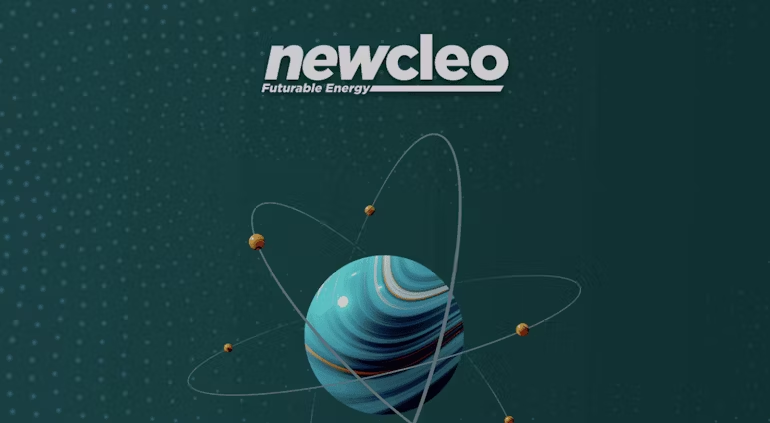PhysicsX
- Shaurya Garg

- Jul 18
- 3 min read
Simulation tools have not kept pace with the required computing horsepower or the requisite throughput speeds to remain relevant and valuable throughout the modern engineering development cycle, resulting in engineering teams all over the world being, at least, mildly challenged. The typical runtime for a conventional solver to provide any type of result, be it the aerodynamics of a Formula 1 racing car or the heat dissipation test of a chip, can be measured in hours and days. That is the problem that PhysicsX is trying to solve.
PhysicsX is a technology company that provides a platform built on AI-driven and AI-assisted physics simulation, allowing engineering teams to deliver design insights thousands of times faster than before. Founded by ex-Formula One experts Robin Tuluie and Jacomo Corbo in 2023, the company’s platform and technology, built on proprietary Large Physics Models (LPMs), allow users to analyze and model complex, multi-physics systems from a fluid mechanics and thermodynamics point of view as well as simulate structural and electromagnetic behaviours. Some of the best investors have been in touch with the company for an investment.

The company was able to raise $32 million in Series A funding led by General Catalyst in 2023 and $135 million in Series B funding led by Atomico in June 2025 (Temasek, Siemens and Applied Ventures also participated). This raised the company’s valuation to just below $1 billion, with total funding of over $175 million. PhysicsX has built one of the world’s most advanced AI-native engineering platforms as well as executed an aggressive growth plan with the influx of capital. The firm is not yet profitable but does have customers in the aerospace, defence, automotive, semiconductor, and energy sectors and brought in over $20 million in revenue in 2025. The company is said to be in a sustainable burn mode but is still in burn mode as it is currently investing in R&D, model training, and enterprise infrastructure. However, it is anticipated to be on a solid path to profitability, most likely breaking even in the middle of 2026. The business was concentrating on long-term enterprise contracts that provide revenue visibility, and its gross margins were increasing as a result of software-based scalability and a decline in the need for physical computer provisioning.
With headquarters located in London and major offices in New York, California, and Germany, the company now employs over 150 people. It has previously worked with Microsoft Azure, Siemens, and other blue-chip companies, enabling them to implement their technology in high-security and commercial settings. This made it possible to develop sophisticated tools like LGM-Aero, a generative AI model for aerodynamic simulations, and convenient integrations with the Azure Discovery platform. PhysicsX offers a variety of adaptable pricing structures to satisfy the intricate needs of business customers. The company offers several subscription packages that include cloud access to the firm’s simulation platform, on-premise installations for specific industries that require strict security, and premium support for clients with larger usages as needed, instead of charging by simulation or compute cycle like traditional CAE tools. Additionally, the company makes money from simulation-as-a-service opportunities and custom model training on client-specific data. In addition to enabling PhysicsX to scale its revenues on a variable model as it expands, this pricing model gives clients predictable costs, which helps the firm build a steady revenue base and raises the prospect of future profitability.
PhysicsX operates in a new and cutthroat industry. Neural Concept, Akselon, and Deep Physics are some of its direct rivals. When it comes to deep learning for 3D optimisation, Neural Concept is a powerful company, particularly in the automotive and aerospace industries. Akselos focusses on energy infrastructure real-time digital twins. Deep Physics is still in its infancy. Geographically and in terms of scale, PhysicsX is distinct. Because of the simulation framework's generality and cross-domain applicability, engineers from various sectors can access real-time information. Few, if any, competitors can currently match the models that the company offers, both within and across multiple physics domains.
"PhysicsX is an opportunity to remove the shackles of the past in unlocking a new engineering stack that is faster, smarter, and scalable - one that finally addresses the ambition of today's industrial challenge," says co-founder Robin Tuluie. With its AI-powered physics engine, top-tier leadership, substantial financial support, and network of partners from a wide range of industries, the company is well-positioned to spearhead a new era of engineering, opening doors to expand into advanced manufacturing, renewable energy, space, and more. The way the world develops its most important technologies could be altered by this novel strategy.
Click here to access PhysicsX's website.









Comments